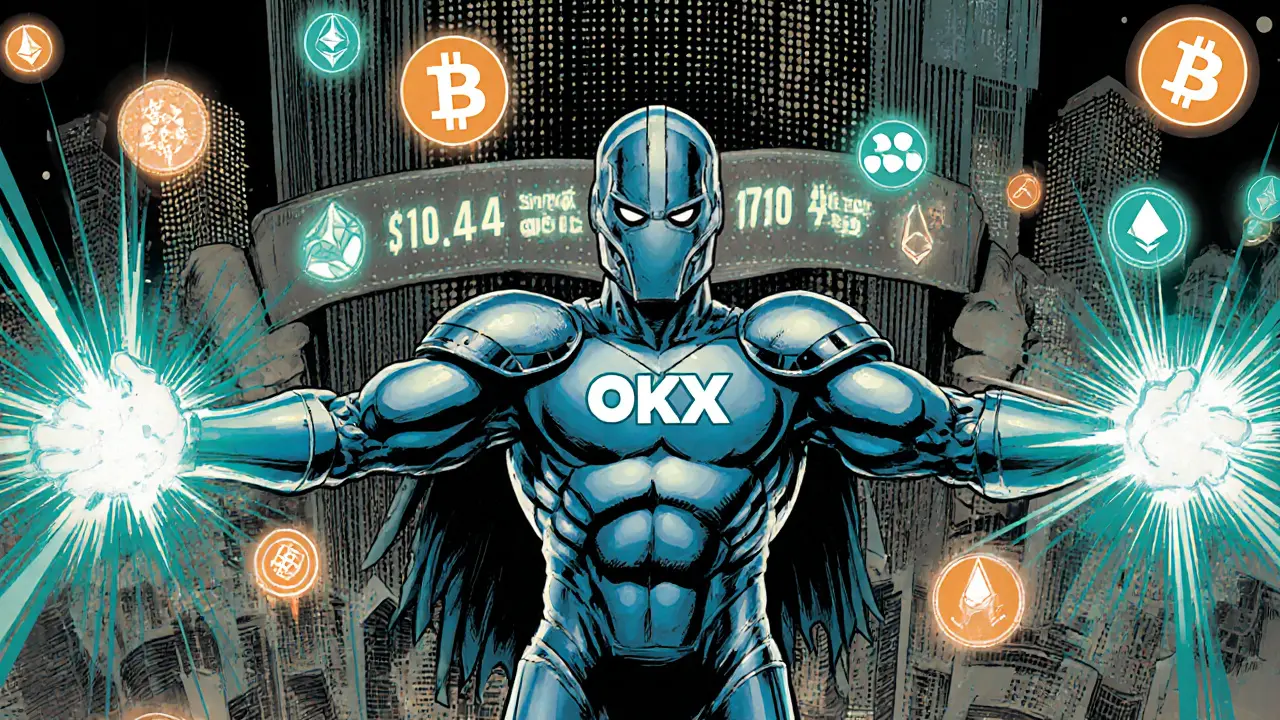OKX Review 2025: Fees, Features & Security
A 2025 OKX review covering fees, trading tools, security, mobile app quality, and a side‑by‑side comparison with Binance for crypto traders.
Read MoreWhen it comes to futures trading, the practice of entering contracts that lock in a price for an asset at a future date. Also known as contract trading, it lets participants lock in costs, hedge exposure, or bet on price direction without actually owning the underlying asset. Historically rooted in commodities like wheat and oil, the same mechanism now powers crypto markets, equity indexes, and even weather contracts. Because the contract’s value is derived from the underlying price, futures act as a proxy for the market’s expectations, giving both producers and speculators a way to manage risk or chase upside. Understanding the basics is the first step before you start playing with the more exotic tools that sit on top of futures.
One of the most popular formats in crypto is perpetual futures, a type of contract that never expires and mimics a spot position through periodic funding payments. Perpetual futures encompass the idea of holding a position indefinitely, but they require a mechanism to keep the contract price aligned with the spot market – that’s where funding rates, regular payments exchanged between longs and shorts based on the price gap between the perpetual contract and the underlying asset come in. Funding rates influence the cost of keeping a leveraged position open and can even turn a profitable trade into a loss if they swing against you. Beyond perpetuals, the broader family of crypto derivatives, financial instruments whose value is derived from cryptocurrencies like Bitcoin, Ethereum, or a basket of tokens includes options, futures, swaps, and leveraged tokens. These derivatives enable risk management, price speculation, and exposure to assets that might be hard to trade directly. When you combine derivatives with leverage trading, the practice of borrowing capital to amplify a position’s size relative to the trader’s own equity, you unlock the ability to control large notional amounts with a small margin deposit. Leverage magnifies gains but also magnifies losses, making funding rates, margin requirements, and liquidation thresholds critical pieces of the puzzle. If you’ve ever wondered how these pieces fit together, think of it as a chain: futures trading encompasses perpetual futures, perpetual futures require funding rates, funding rates shape leverage trading, and leverage trading is a core feature of crypto derivatives. Mastering each link helps you anticipate market moves, manage risk, and spot arbitrage opportunities that many traders miss.
Below, you’ll find a curated collection of articles that break down each topic in depth – from a step‑by‑step guide on calculating funding rates, to practical strategies for using perpetual futures, and tips on combining leverage with crypto derivatives for optimal risk‑adjusted returns. Whether you’re just starting out or looking to sharpen your toolkit, the posts ahead provide the actionable insights you need to trade futures with confidence.

A 2025 OKX review covering fees, trading tools, security, mobile app quality, and a side‑by‑side comparison with Binance for crypto traders.
Read More